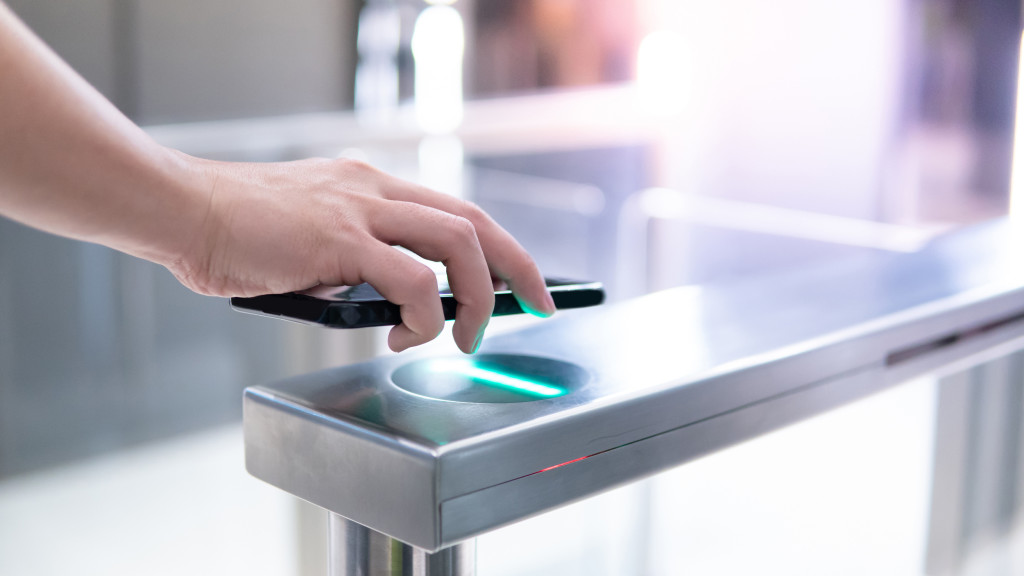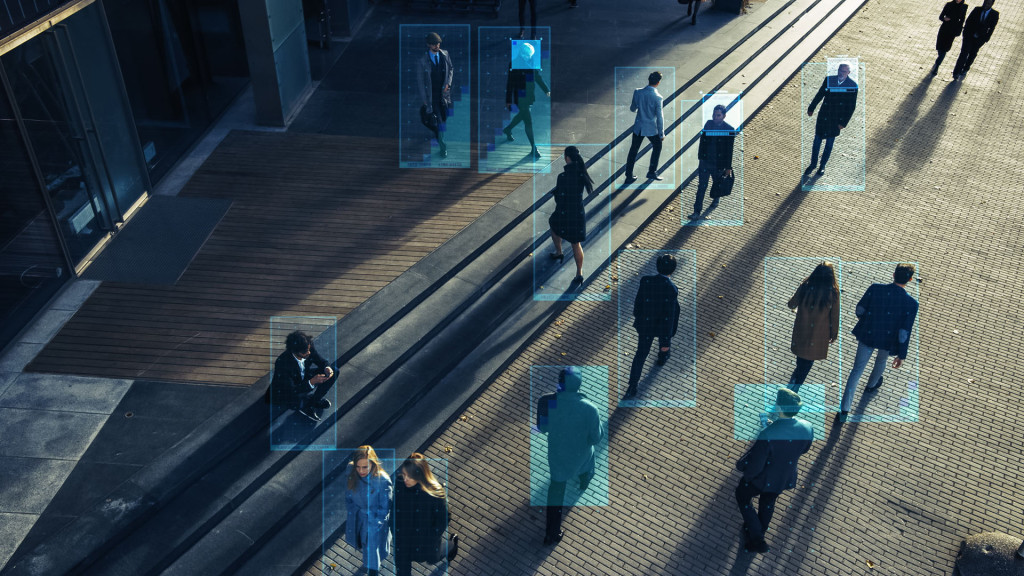Physical security in a digital age

In today’s digital world, cybersecurity is often the focus when considering protecting a business’s most important assets. However, physical security shouldn’t be forgotten as Gary Moffatt, Managing Director at Chubb Fire and Security, explains.
It seems that cyber-attacks are increasing year-on-year, with hackers out to steal business-critical information. While cyber-attacks are a real threat that should not be ignored, physical breaches can cause just as much disruption, damage and financial loss for businesses.
Understanding the threat landscape
According to the latest UK Commercial Victimisation Survey, over a quarter of businesses experienced a security breach in 2023.
The most prevalent offence type experienced by businesses was theft (14%), followed by burglary (including attempts) (8%), vandalism (8%) and assaults or threats against employees or customers (7%). So how can commercial building owners protect themselves and their assets from physical threats?
Security technology has moved on significantly since just changing the locks on the doors. There are digitally enabled solutions, such as access control points and real-time monitoring that can provide robust security while offering a whole host of other benefits.
Physical solutions
Depending on the type of premises, some businesses can install physical barriers such as security fencing, automated gates and crash-rated bollards, which can serve as the first line of defence, preventing unauthorised access and providing a deterrent to potential intruders. Automated gates and bollards are particularly effective in controlling vehicle access in sensitive areas.
Intrusion detection systems
Modern intrusion detection systems, underpinned by enhancements in sensor technology and the Internet of Things (IoT), have become more sophisticated and more alert to a wider range of indicators such as motion, vibration, sound and even thermal changes.
Access control
Misplacing a physical plastic ID card is a common scenario and a huge security risk. However, mobile access solutions, driven by their enhanced convenience and ease of use, are becoming more common. Thanks to blockchain technology, a secure method
of recording transactions that cannot be altered, every entry into a building can be logged securely, making unauthorised access traceable.
Contactless biometric technologies, such as facial recognition and iris scanning, take access control one step further by ensuring only authorised personnel can enter sensitive areas, and access cannot be transferred by loaning a card or misplacing a fob. The accuracy and efficiency of these systems not only streamline the entry process but also significantly reduce the potential for unauthorised access.
CCTV

CCTV systems provide a reliable and effective way to monitor and safeguard premises. By installing CCTV cameras, companies can deter potential intruders, record evidence of any criminal activity and ensure a constant visual presence across their property.
Advancing security with AI
Artificial intelligence (AI), through analytics and machine learning, enhances physical security even further. Organisations are exploring AI to enhance system intelligence, automate threat detection and streamline operations. AI in CCTV for instance, now makes it possible to predict threats before they happen.
Constant security
Thanks to the IoT and new digital connectivity, systems can be monitored remotely 24 hours a day, seven days a week, 365 days a year. If something suspicious happens it can be spotted instantly, whether it’s the middle of the night or the middle of a holiday.
Monitoring specialists assess and respond to incidents swiftly to mitigate potential threats. Remote monitoring solutions offer businesses peace of mind and a robust defence against intrusions and other security risks, ensuring comprehensive protection of assets and employees.
More than just protection
This connected approach to physical security offers building owners insights that just weren’t available 15-20 years ago. Modern security technology can integrate with other building management functionalities, helping businesses to drive operational efficiency and become more sustainable.
Connectivity makes it possible for security personnel, whether they’re on-site or part of an external partner, to access analytics about their security systems. Often provided through a security dashboard, personnel can easily access reports displaying
trends and usage patterns. These reports offer intelligence about when a device might fail or need maintenance. This proactive management can help to avoid costly repairs or replacements and minimise downtime.
When something goes wrong, remote diagnostics lets engineers understand the problem and correct it without having to be on-site. When a technician does need to visit, they can come equipped with the correct parts to fix it the first time.
Integrating security into the building management system can connect it with heating, lighting and air conditioning. The benefit of this can be to manage and minimise wasted energy by monitoring usage patterns and adjusting automatically. For example, if a system notices an area of the building isn’t being used, it can turn off lights and dial down heating to save energy.
Using data smartly in these ways doesn’t just save money; it makes buildings more comfortable, less wasteful and ultimately a better place for everyone who uses them. This intelligent approach to building management is transforming how properties are maintained, managed and protected.







